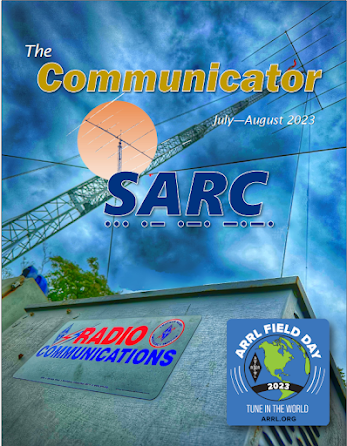On the way to the 'Worked All Continents' (WAC) award
One of our recent course grads, Dmitry VA7DVO got his first HF radio, a Yaesu FT-891. It is a portable 100W radio that he plans on taking around for 'Parks On The Air' (POTA) activations. For now, he has it set it up on a low-power digital mode, FT-8 and is making contacts around the world. He uses a wire half-wave end-fed antenna stretched between the trees in his backyard. Its working for him because the most distant contacts completed were in Indonesia. He reports that North and South America and Europe work just fine as well.
Dmitry's most interesting contact so far is a Russian science exploration platform RI41POL in the Arctic.
If anyone is interested, Dmitry has offered to share his notes on how to do FT-8 on an FT-891, a very popular and common radio. Great start Dmitry!
----------------------------------
Getting registered on QRZ
Secondly, Dmitry was trying to get registered on QRZ.com, a popular site to look up the details of your contacts and a free on-line logbook. I was not aware that you first had to be logged on by an existing QRZ account holder to start your account. I did so for Dmitry and he is now on-line.
~ John VE7TI
SARC Course Coordinator


















